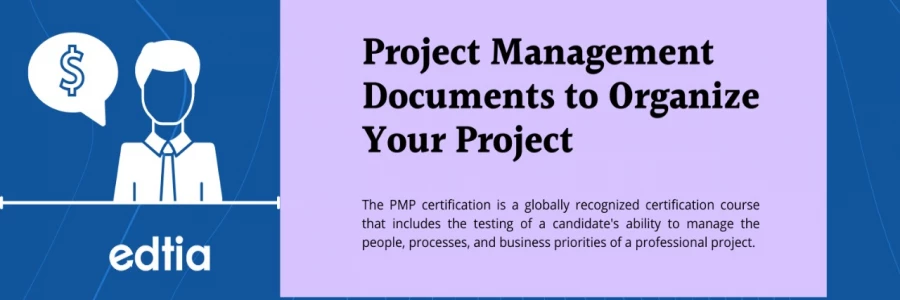Your Shopping Cart

We can help you solve company communication.



Project documentation should be clear, relevant, and up to date, ensuring all project stakeholders are on the same page simultaneously. Before gathering or developing project documentation, understand why the project is happening and what type of governance the project may require. This will determine how much and what kind of project documentation is required.
This document justifies the project. This document explains why the project is taking place and the goals, objectives, and outcomes sought. The business case can be a simple email from a client or a 50-page word document that has input from 10 project stakeholders.
Typically, the project sponsor is responsible for developing the business case, including an economic feasibility study.
The project charter formally authorizes the project while giving the manager the authority to plan, execute, and manage the project.
Building on the business case, the project charter lays out:
The project charter sustains contact and makes stakeholder attention easier.
The project size, roles, and responsibilities should be clearly defined.
The RACI Matrix is a beautiful way to define and assign these responsibilities. The Matrix charts are trustworthy, who is Accountable, who is Consulted, and who should be Informed for each task.
Mapping this out benefits decrease confusion, distributes workload, and increases efficiency.
A work breakdown structure is the heart of project planning and resource management and helps prevent project scope creep. The WBS organizes the work into manageable sections, often measured in time, for example, two weeks. The list starts with the needed deliverables, and this purpose is broken down into work packages and tasks required to reach this objective. By concentrating on the larger picture, the WBS guarantees that no project component is forgotten during the planning phase.
This, in turn, makes resource allocation much handier.
This is precisely what it says on the tin – a log of all risks and issues the project may face. It is reasonable to follow a standard logging format, for example, Issue name or ID, description, impact, probability, proposed mitigation, and owner or person accountable.
This plan ensures influential contacts amongst the project team and stakeholders. In complement to defining communication channels, such as a weekly report, the program also assigns accountability to team members, for example, the project manager.
This document tracks formal additions or alterations to the agreed-upon deliverables during project execution. Change management is questioning as project managers must ensure that the change is sufficiently straightforward and comprehended by all parties. In most cases, change requests impact the project schedule. Remember to check and update other project documents once stakeholders permit a formal change.
The project schedule defines what work needs to be done and when, and it is the timeframe for the project.
The planned schedule is a baseline for the actual program, making it easier to track late tasks and missed milestones.
Tools available to do this automated, including BrightWork Simple Scheduling for light scheduling needs and Microsoft Project for complex schedules.
This essential document contributes to project knowledge and improvement within an organization.
Although delivered post-project, the register be worked on throughout the project lifecycle. Recording findings at different project intervals will produce better quality and more accurate insights.
The format and detail of this document will depend on the organization's project governance and management culture.
The entire project team should contribute to and agree on the lessons learned.
Based on your project, select the documents that your project needs. Recall that it's only a guide. Use the necessary project paperwork to handle your project best.
Do you need a detailed stakeholder management plan? Then make one! If there is no external procurement, you don't need to create one. Could you leave it blank?
Don't get hung up on what you need to have. Use the above as a guide for what most projects require. Spend less admin time.
Time spent creating documents that don't add value does not help. This will help you free up more time to lead your team, and it's more important that you do the work on the project.
Stick with these nine documents; you'll be able to control your project without too much bureaucracy.
Share this link via
Or copy link